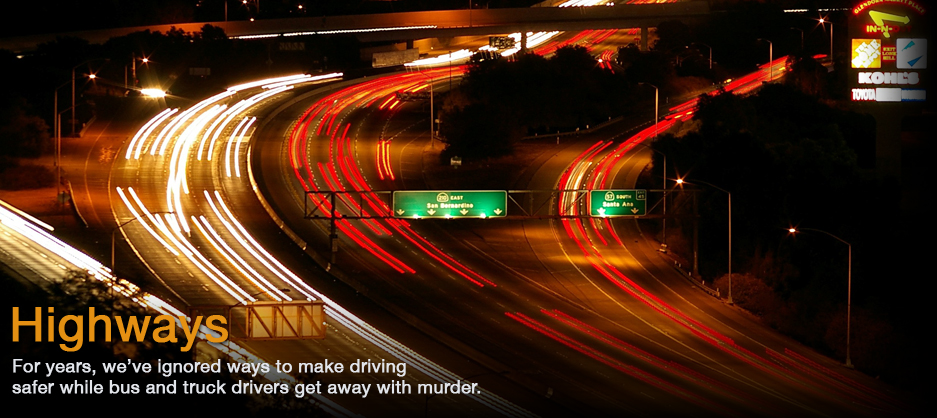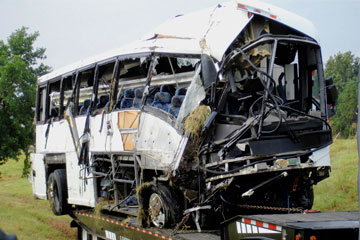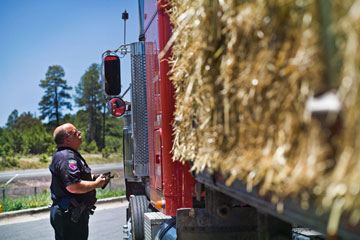The first recommendation came in 2003, urging states to bar teen drivers from using cell phones. The safety board acted after an accident involving an inexperienced and unbelted 20-year-old who was on her cell phone and speeding. Her car hit a guardrail, flipped over and landed on top of a minivan. A third car crashed at the scene. The driver of the SUV and four people in the minivan were killed.
The second recommendation, issued three years later to the Federal Motor Carrier Safety Administration, the agency charged with oversight of interstate buses and trucks, promoted a similar ban on wireless phones for bus drivers. The recommendation came after an accident involving a bus driver who was talking on a hands-free cell phone. He missed signs along a Virginia highway warning of a low bridge. The top of his bus struck the bottom of the bridge and one passenger was seriously injured.
While the safety board would bar teen drivers and bus drivers from using cell phones while driving, some states have gone much further.
Washington, D.C., and eight states prohibit all drivers from using handheld cell phones while driving. And 28 states and Washington, D.C., have banned cell phone use by novice drivers, according to the NTSB and the Governors Highway Safety Association.
The NTSB hasn’t yet advocated banning cell phones for all drivers because it hasn’t investigated accidents that would call for such a large-scale response, said Bridget Serchak, board spokeswoman.
But Clarence Ditlow, executive director of the Center for Auto Safety, a group that lobbies for vehicle safety, scoffed at that notion. “You almost have to avoid investigating a crash not to investigate a crash involving cell phones,” he said. “The NTSB needs to get its head out of the sand and find an accident.”
While the NTSB waits for the right cell phone accident to come along, the Governors Highway Safety Association has begun a campaign against cell phones and driving. It’s telling drivers: “Don’t use cell phones or other electronic devices while driving, regardless of the current law.”
Serchak said that because the NTSB is required by law to investigate all air accidents “the bulk of the investigators and the bulk of the organization” is devoted to aviation. Without more staff, the board is hard-pressed to investigate more highway accidents, she said.
Meanwhile, last September, board chair Deborah Hersman announced that her staff would no longer be able to use cell phones while driving.
Motorcycle Helmet Laws
No issue more clearly illustrates the tug of war between the states and the federal government over transportation safety than motorcycle helmet laws.
In 1967, Congress decided that states would no longer get highway construction funds unless they passed motorcycle helmet laws. The tactic worked: Within a few years, almost all states had passed helmet laws.
But by the late 1970s, states that felt coerced into mandating helmets successfully lobbied Congress to break the link between motorcycle laws and federal highway funds, and 29 states repealed their helmet laws.
In 1991, Congress decided to try again, offering safety grants to states that enforced helmet and seatbelt laws. States that didn’t enforce such laws had three percent of their federal highway money redirected to their highway safety programs. Still, only three states re-instituted helmet laws.
By 1995, the federal government essentially gave up trying to persuade states to toughen helmet laws. Currently, only 20 states require all motorcycle riders to wear helmets, according to the Insurance Institute for Highway Safety.
While helmet laws have been in flux, motorcycle fatalities have not. From 1994 to 2008, the number of motorcycle fatalities in the U.S. more than doubled, from 2,320 to 5,290, according to NHTSA. The agency says that if all states required helmets, almost half of those lives could have been saved.


 In No Shape to Drive
In No Shape to Drive

